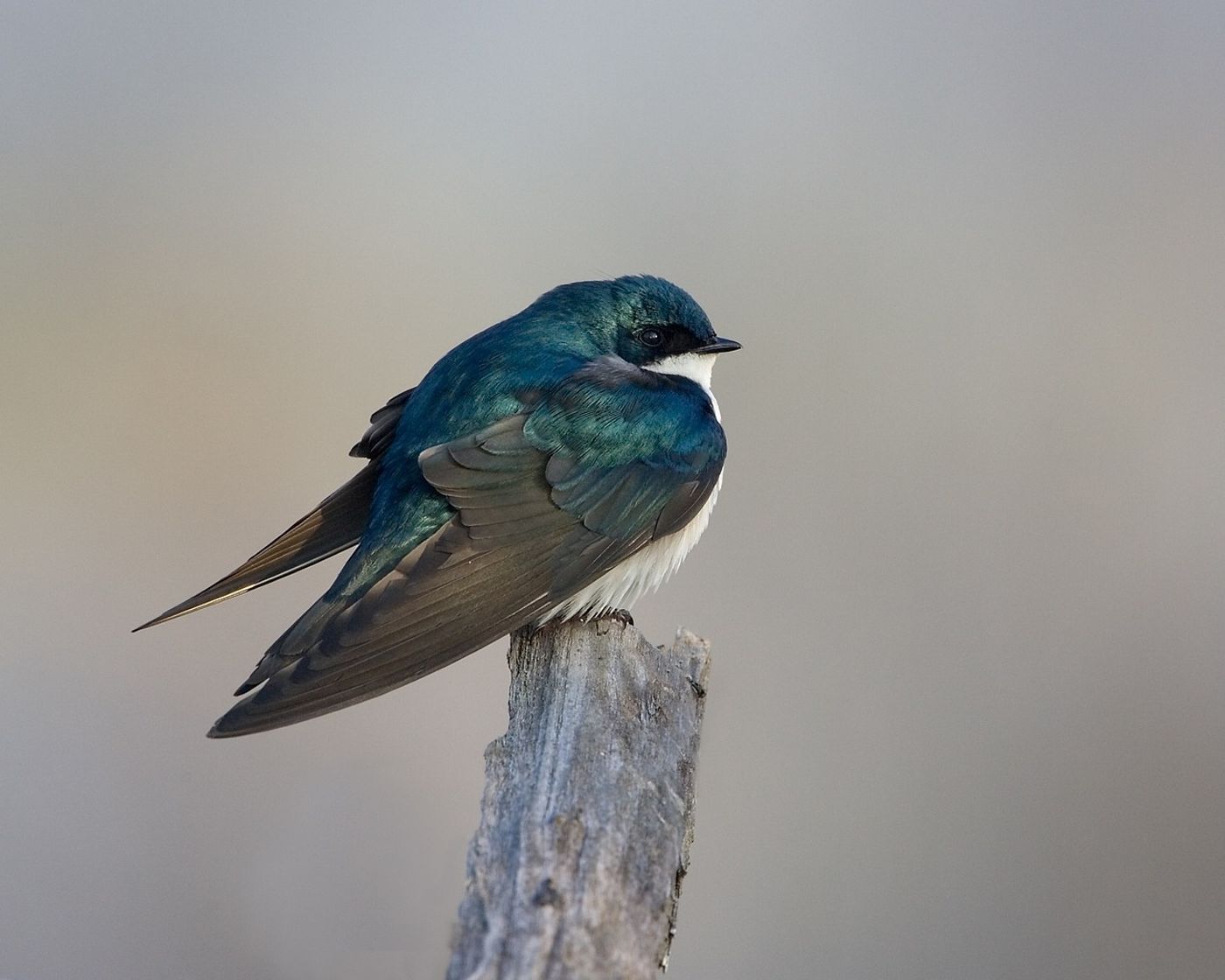North American Bird Populations Fell 29% Over 50 Years, But is it Too Late?
Birds are often at the forefront of interest when it comes to wildlife enthusiasts and photographers. Sadly, new scientific research suggests that bird populations across the board are undergoing substantial declines throughout the North American continent.
Image Credit: Pixabay
Citing the results of a study published just this past week in the journal Science, the number of birds flying in North American skies has declined by around 29 percent over the course of the past half-century – that’s 2.9 billion fewer birds flapping their wings and squawking their songs in less than the timeframe of a human life.
“We were astounded by this net loss across all birds on our continent, the loss of billions of birds,” explained Ken Rosenberg, a conservation scientist from the Cornell Lab of Ornithology and the lead author of the paper. “These bird losses are a strong signal that our human-altered landscapes are losing their ability to support birdlife, and that is an indicator of a coming collapse of the overall environment.”
Related: Crows are incredibly smart birds
The study took into consideration more than 529 different bird species from both the United States and Canada. The circumstances appear to be quite dire, necessitating immediate action if we’re to reverse what’s happening to the continent’s birds and environmental ecosystem.
Several different factors are purportedly to blame for this significant decline of the North American avifauna. Topping the list are things such as habitat loss, insect declines, glass window collisions, and free-roaming cats.
The rate of land development that’s happening today is destroying the birds’ natural habitats and preventing them from raising their young. The loss of insects means that many birds can’t find anything to eat, while glass window collisions and free-roaming cats exist merely as suppressive forces that slowly beat down on populations over time.
Some of the hardest-hit birds include Grassland and Shorebird varieties, with Boreal Forest Birds, Western Forest Birds, Arctic Tundra Birds, and Eastern Forest Birds following those. At least 90% of those derive from a small subset of avian families, including blackbirds, finches, and sparrows.
“I think this analysis shows that we’re eating away at the foundations of all of our major ecosystems on the continent,” added Arvind Panjabi, an avian conservation scientist and a co-author of the paper. “These numbers show that the world has changed a lot since 1970.”
Related: Many birds migrate at night, and now we may know why
Birds are such a fundamental part of the world’s ecosystem that the findings are incredibly difficult to ignore. The researchers say that there’s still time to reverse this damage, but only if those actions take radical and holistic approaches to saving the birds, and fast. Another 10 years of inaction could potentially render all conservation efforts useless.
Source: The Cornell Lab of Ornithology, Science









